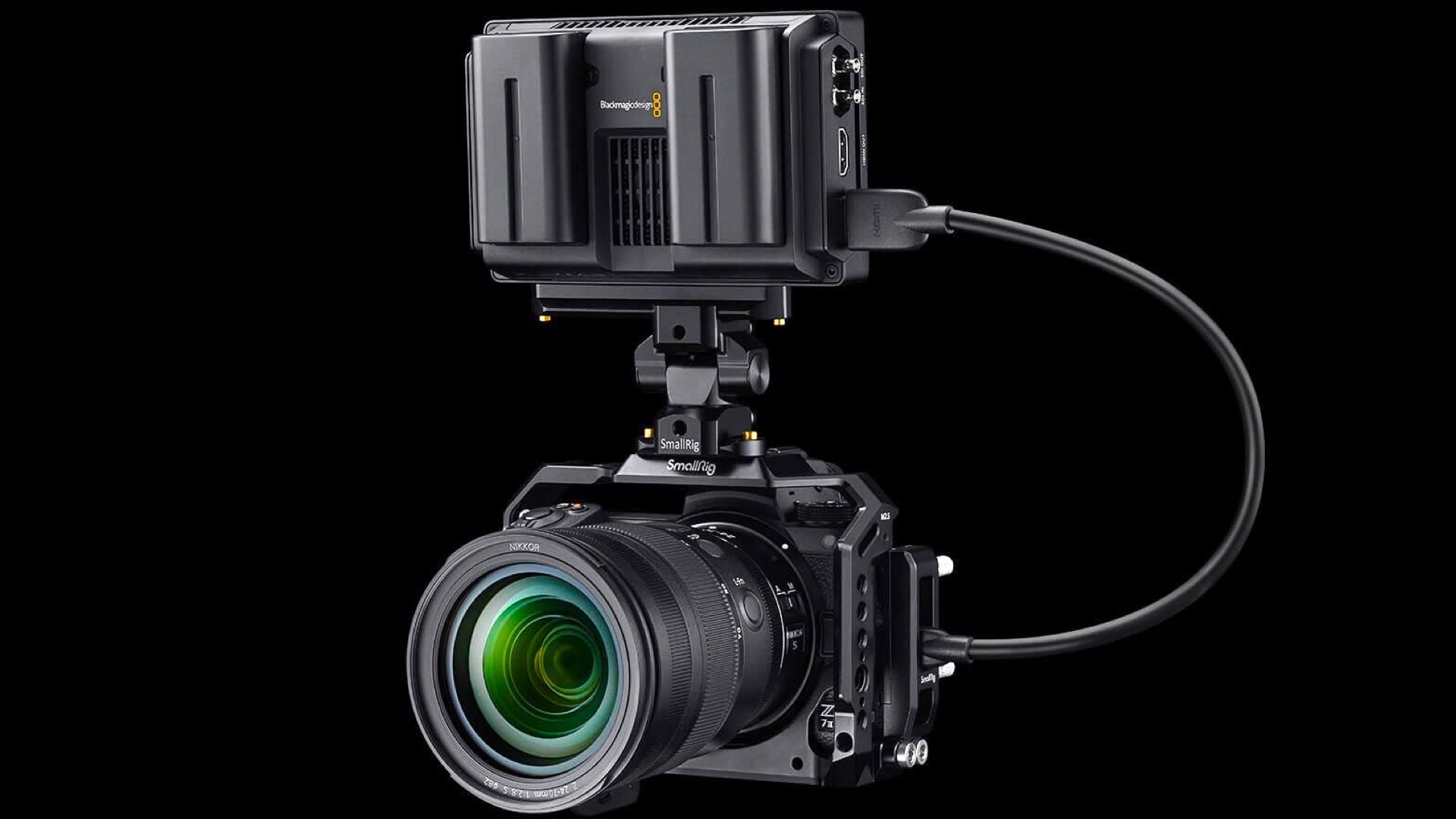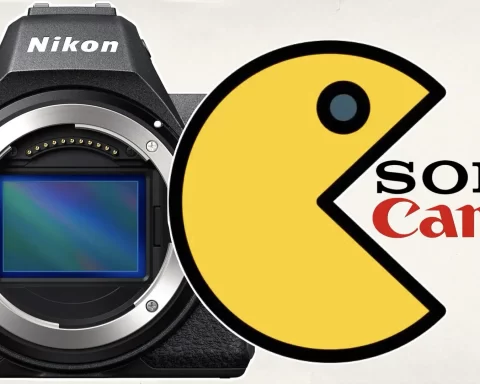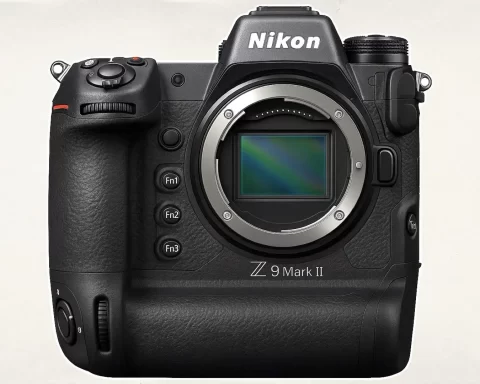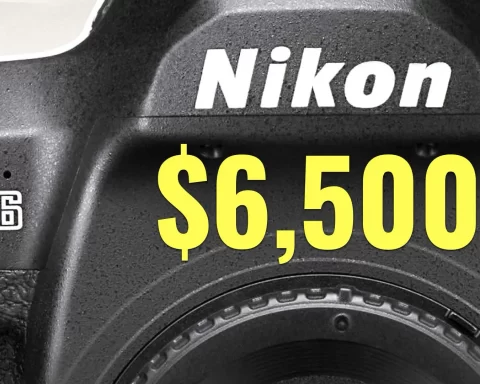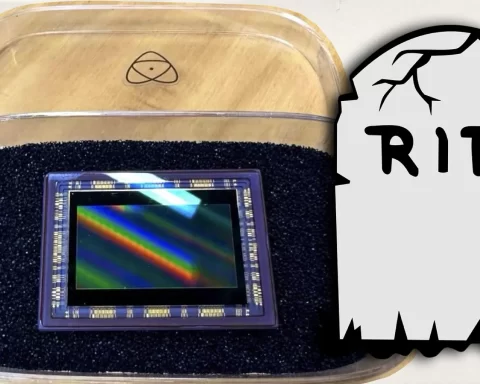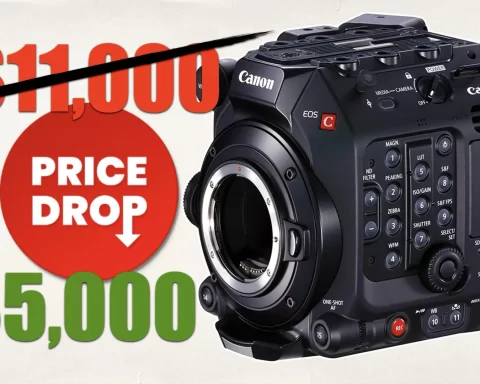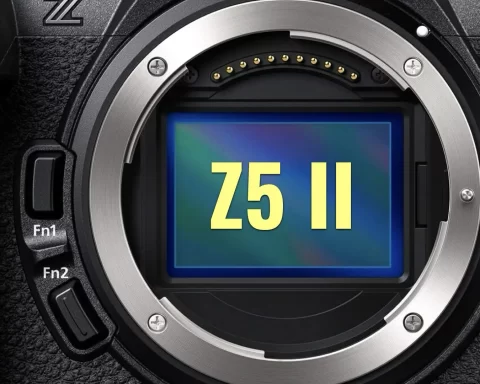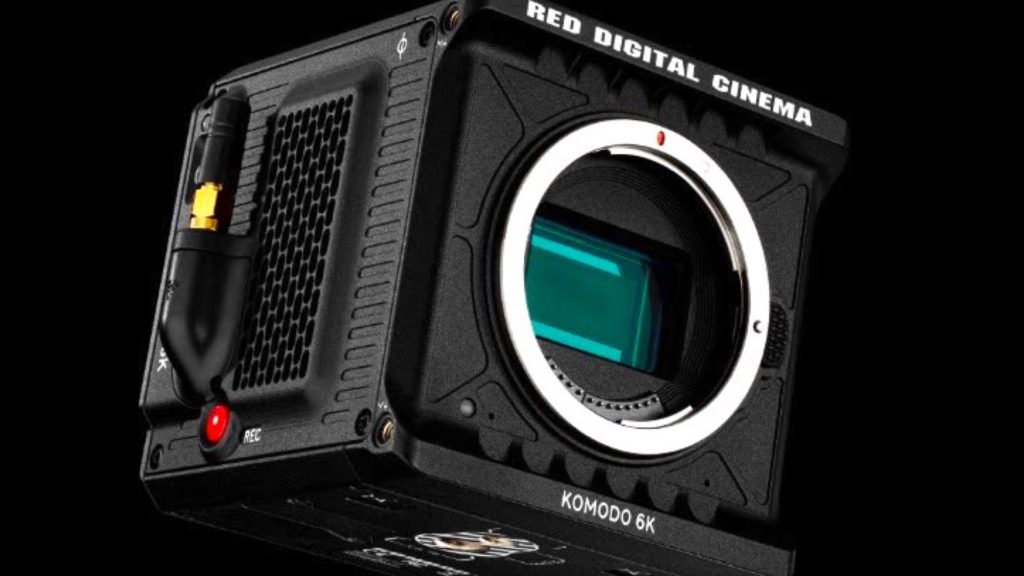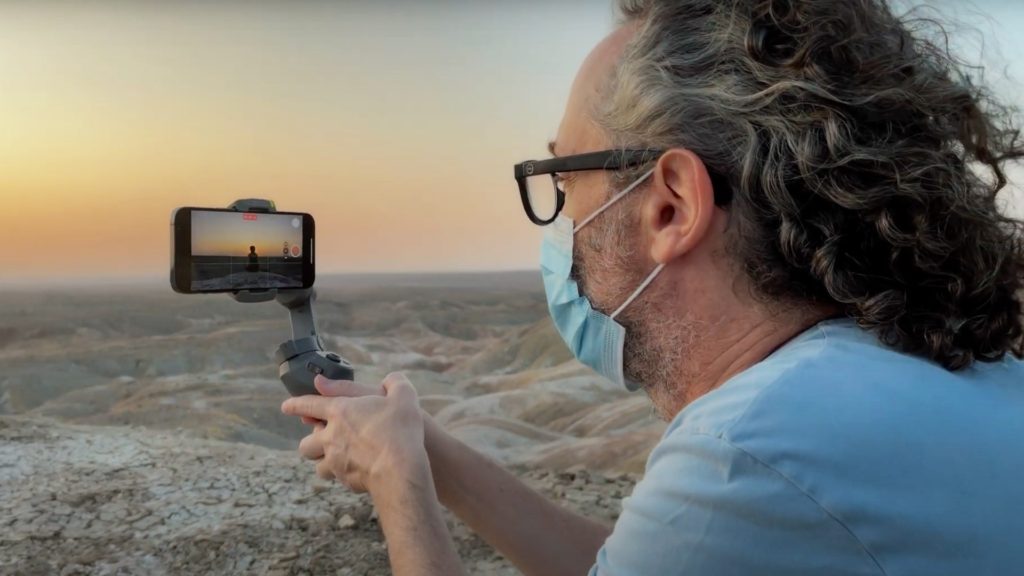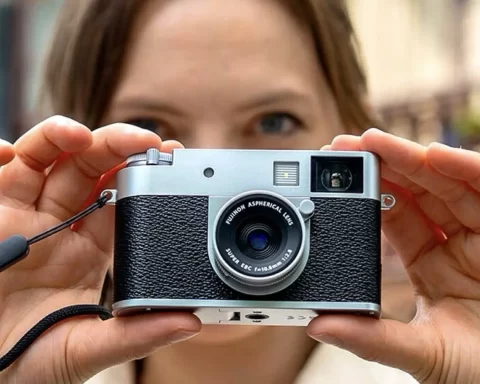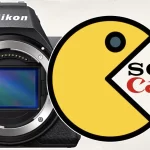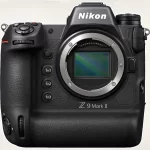Nikon has just announced the Z 6II and Z 7II full-frame mirrorless cameras which are the successors to the Z 6 and Z 7. Unfortunately, regarding video capabilities, you will not find significant improvements under the hood. Same game different name. Let’s explain why.
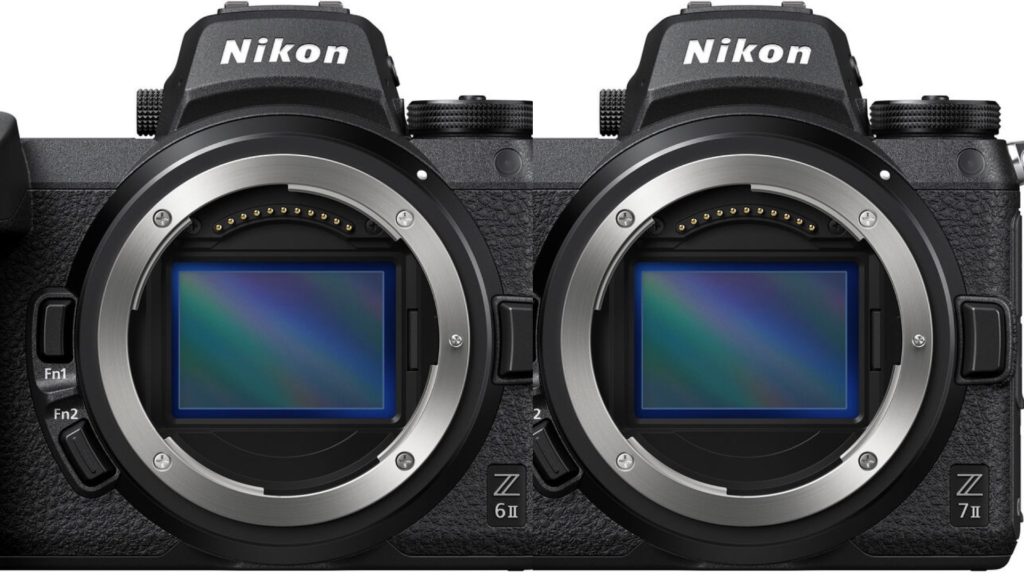
Nikon Z6 II and Z7 II at a glance
The Nikon Z6 II and Z7 II have officially announced as the successors to Nikon’s original full-frame mirrorless cameras from 2018. The Nikon Z6 II and Z7 II share the same backside-illuminated sensors as those two original models. Those models are armed with dual processors which constitutes an advantage regarding various missions (AF, buffering, and more). Indeed, the AF capabilities are improved. The design is almost identical compared to the old models, however, the Z6 II and Z7 II have dual card slots built-in which facilitates video shooting. Nevertheless, regarding video capabilities, there is not much new under the hood. Let’s summers the key points.
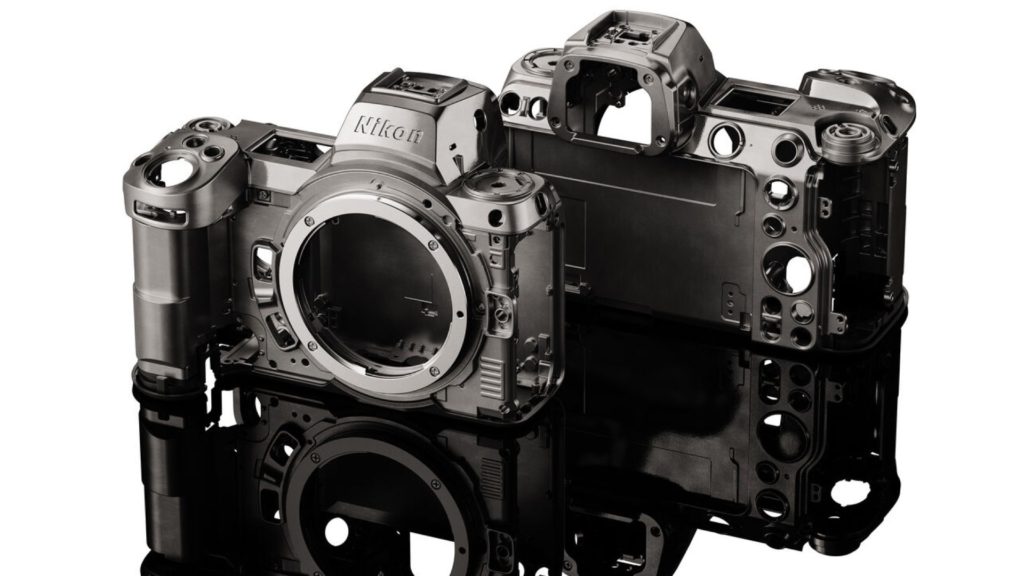
Video capabilities: FPS and AF
The Z 6II and Z 7II both support 4K UHD up to 30p and full-HD up to 120p. The Z 7II can shoot 4K UHD 60p, however, according to Nikon, the Z 6II will be able to do that as well by a future firmware update. Eye-Detection AF and Animal-Detection AF can be used with video recording, enabling easy and accurate focus on the intended subject’s eye, whether the subject is human, cat, or dog. We assume that the AF was improved dramatically to meet filmmakers’ expectations.
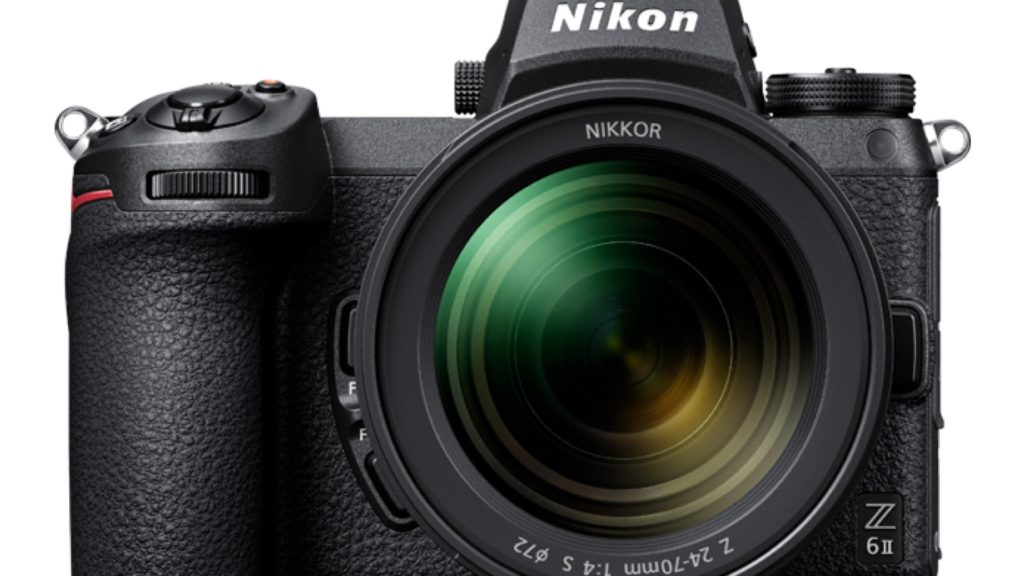
RAW options
When the camera is connected to an external recorder via HDMI, a 12-bit RAW video can be output in 4K UHD or full-HD format, allowing the abundant information to be utilized with color grading. The Atomos Ninja V supports Nikon RAW video output, and records videos in ProRes RAW format. Operation is not guaranteed with recorders other than the Ninja V. The RAW video output function can be enabled by a Nikon service facility for a fee. Also, the N-Log function can be used with 10-bit output , while HDR video recording using the hybrid log-gamma (HLG) standard is also supported, responding to a variety of needs. Note that in this case, the footage is recorded only to the external device and it cannot be recorded to the memory card inserted in the camera.
BRAW will be supported
Additionally, support for 4K/50p/60p and RAW video output on Blackmagic Design’s external recorder is planned for 2021. Blackmagic RAW will be supported via a paid firmware upgrade available in February 2021 for both cameras.
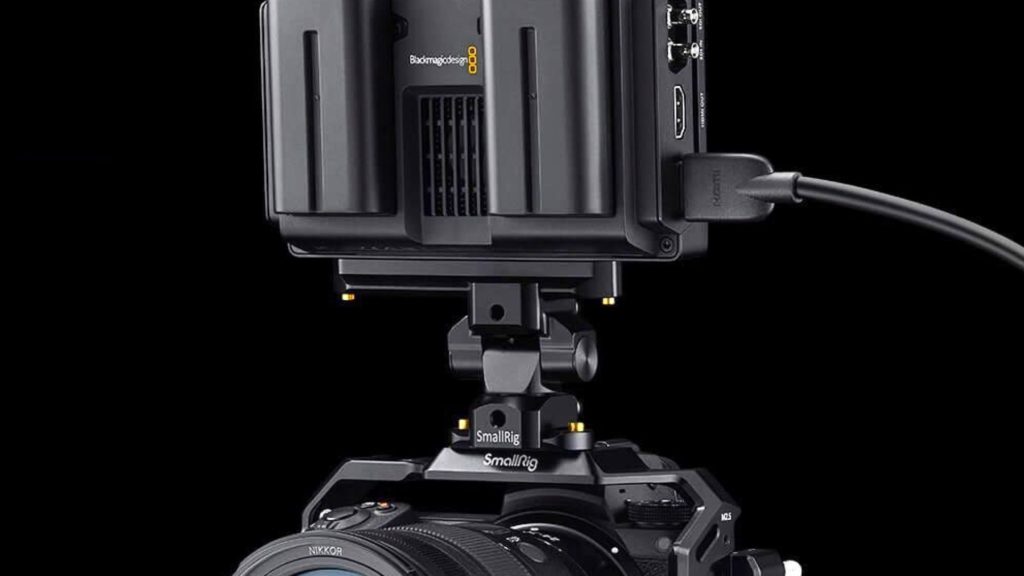
Dual processors
For the first time in a Nikon camera, the Z 6II has powered by two EXPEED 6 processing engines. They work together for faster image processing, more buffer capacity, and more overall speed.
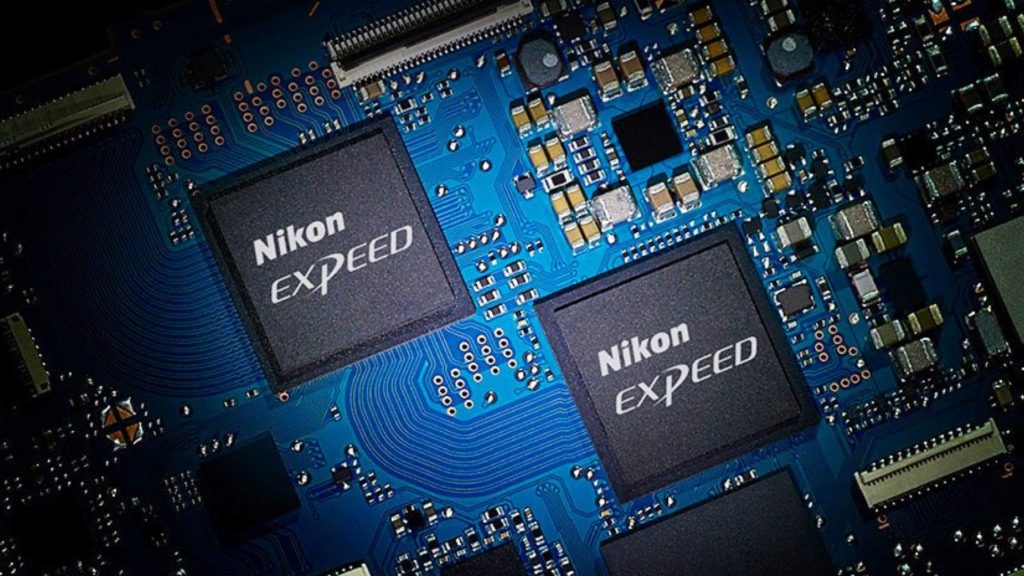
Dual card slots
The new models include dual card slots that can facilitate video shooting. One slot accepts CFExpress (Type B) and XQD cards. The other slot accepts standard SD cards. Shooters can use both slots and separate video and still files or RAW and JPEG, create a backup, or maximize your onboard storage.
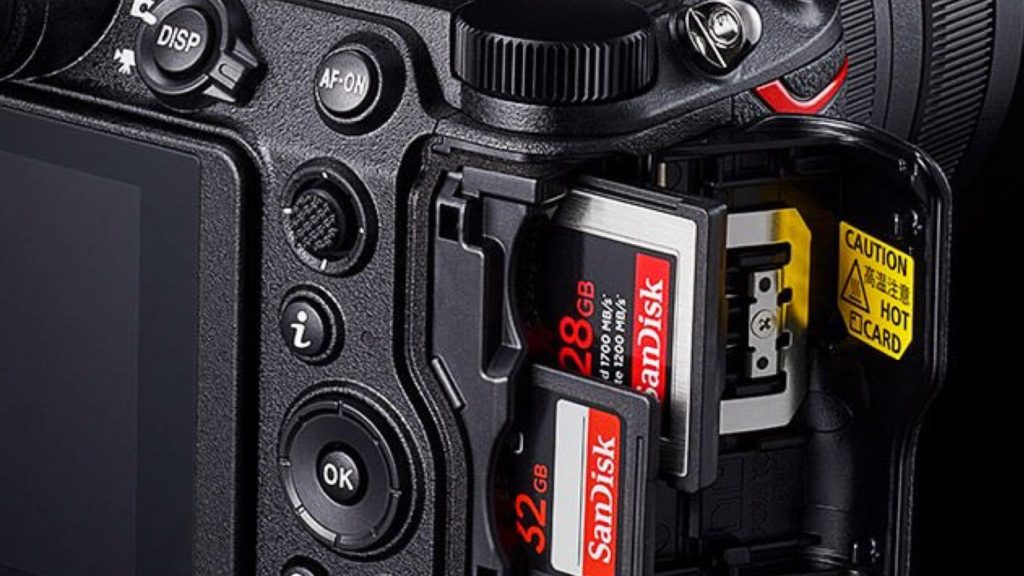
Nikon Z6 II and Z7 II tech specs
Check out the two slides below with the technical specifications. Shift between the slides to explore the differences between the two models:
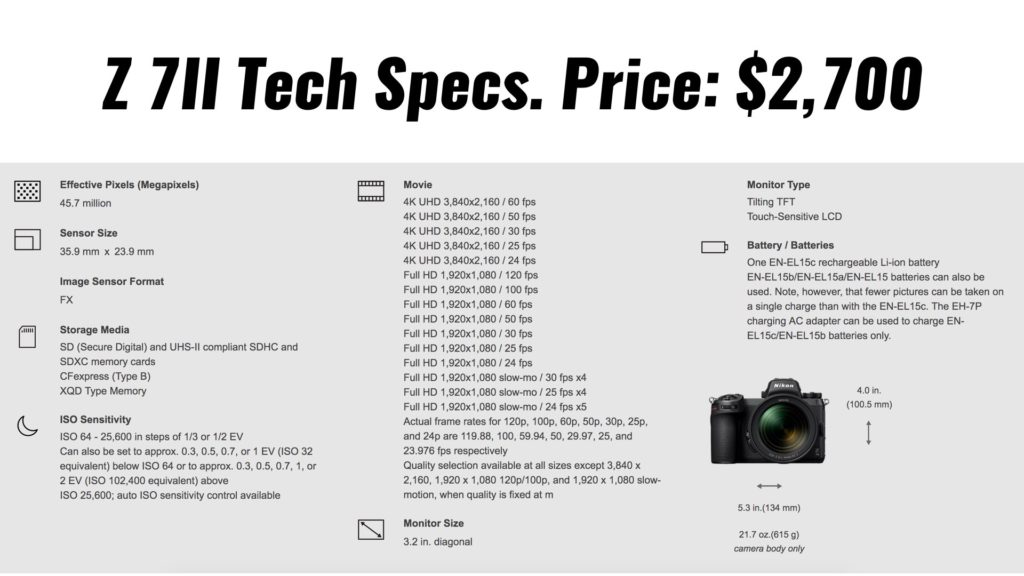
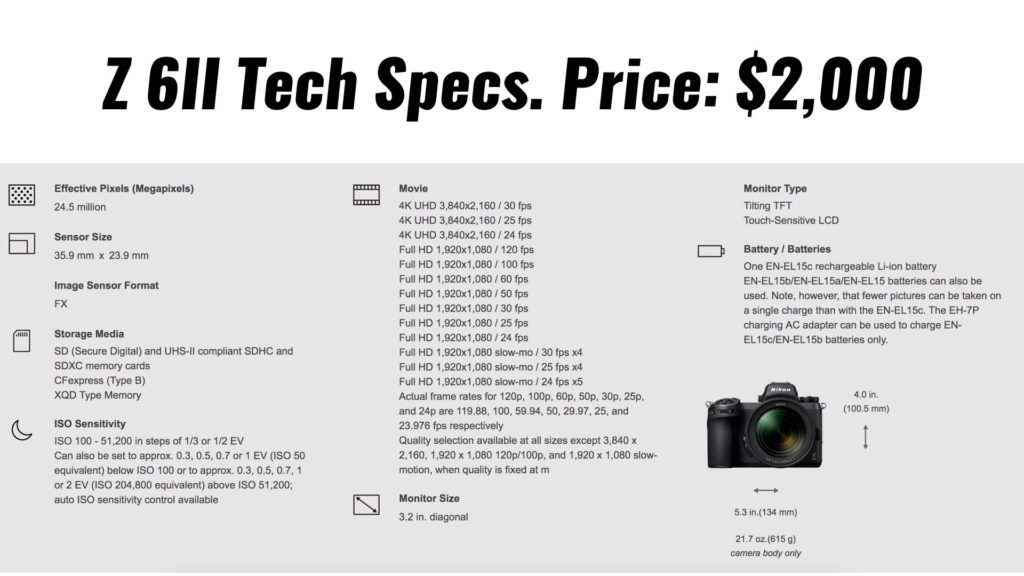
Price and availability
Nikon Z 7II costs $2,700. The camera can be preordered for the B&H website.
Nikon Z 6II costs $2,000. The camera can be preordered for the B&H website.
Final insights
As explained before: Same game different name. Yes, the new Nikon Z6 II and Z7 II are a bit more sophisticated than the 2018 models. However, if we focus on video capabilities, the improvement may not be such significant. Those cameras are the third camera announcement of this week, following the announcement of Panasonic Lumix BGH1 and RED Komodo, which are major announcements. Thus, my opinion is that Nikon has to try harder in order to gain traction in the cinematography market. Think differently? Comment below.

